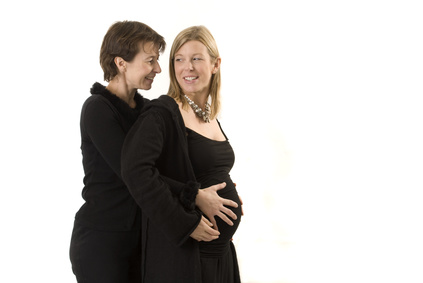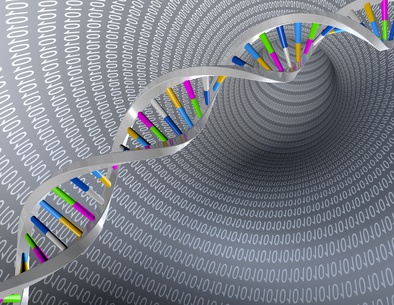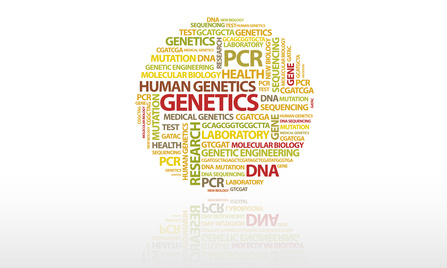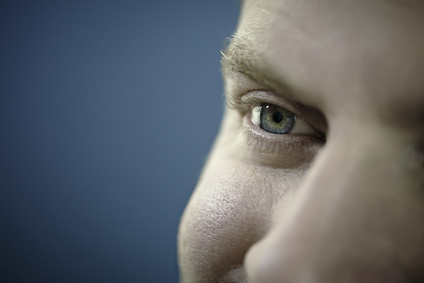Guest blogger: Dana Rudolph
Dana is the founder and publisher of Mombian (mombian.com), a GLAAD Media Award-winning blog and resource directory for LGBT parents.
The lyric, “I belong to a family. It may not look like your family,” epitomizes the joyous new children’s album Dancin’ in the Kitchen, by two-time Grammy Award-winning duo Cathy Fink and Marcy Marxer. Families with same-sex parents are only one of the many types of families celebrated in this a warm and funny collection.
Fink and Marxer are best known for their traditional and contemporary folk, old-time country, and swing music. They’ve made 44 albums together, working with musical greats such as Pete Seeger and Tom Paxton, and have composed and performed award-winning children’s music for 25 years.
They had long wanted to make a children’s album of songs and stories that more families could identify with, Fink said in an interview. She cited as inspiration the 1986 children’s book (and associated album) Free to Be…a Family, developed by actor and activist Marlo Thomas, which defined family as “a feeling of belonging.”
A fresh take with a variety of music stylings
Dancin’ in the Kitchen is a fresh take on similar themes, with an expanded range of families. “There are many topics that are easier to talk about with music,” Fink said. “We feel like we’ve continued the story and made it yours and ours!”
They brought together songwriters, performers, and a children’s chorus to create a wonderful tapestry of an album that combines a variety of musical styles as well as family types. The pieces have all been recorded, but Fink and Marxer recently launched a Kickstarter campaign to raise funds for publicity and marketing before the album is released.
Making a family a home
The common thread throughout is what makes a family and a home—with almost all of the songs looking at the world from a child’s perspective. The first is the toe-tapping “Dancin’ in the Kitchen,” recorded with the Grammy-winning Savoy Family Cajun Band. It starts right off with the line, “Dancing in the kitchen with Mommy and Mama,” with later verses celebrating “Daddy and Papa,” a baby brother, grandmother, and cousins. At parties she’s had, Fink says, “Everyone always gathers in the kitchen. It seems to be the heart of many homes. . . . We know families like all of the ones described in that song, but kept it flexible so people could sing along and include their own families.”
“Happy Adoption Day” is soothing and celebratory. “Soccer Shoes” is about a child with a divorced mom and dad who can’t remember at which parent’s home he left his soccer shoes—but who is otherwise managing life in two households. The song was written by Sue Ennis, songwriter for the rock band Heart and a friend of Fink and Marxer.
Other songs celebrate a new child, spending time with a grandparent, being twins (sung by identical twins Greg and Jere Canote), and the canine members of our families. Single moms, stepparents, families with grandparents as guardians, families with siblings from around the world, and families with different-sex parents also get mentioned. “I’m My Own Grandpa” tells us about a man whose father married the man’s wife’s grown daughter. It’s a silly song on the face of it—but also a nod to sometimes complex family ties.
Songs about gender roles and being biracial
There are no songs about transgender parents, but gender roles come up in “Everything Possible,” which says, “There are girls who grow up strong and bold, there are boys who are quiet and kind.” And in “The Family Song,” a child whose mother is a doctor and whose father is a nurse “doesn’t understand the jokes” people make about his family.
The spoken-word piece, “Who Is in Charge of Naming the Colors,” by storyteller Andy Offutt Irwin, is a clever, funny look at being biracial. “Andy’s got a smart sense of humor as well as a mouth full of hilarious sounds!” Fink observed.
Times have changed
The most touching track is the lullaby “Everything Possible,” written by Fred Small. In it, a parent says, “I will sing you a song no one sang to me. May it keep you good company. You can be anybody you want to be. You can love whomever you will.” A later verse is more specific: “Some women love women. Some men love men. Some have children, some never do.”
That song first appeared on their 1992 album, “Nobody Else Like Me,” and Fink and Marxer had wanted to include a children’s chorus in it then. “It became quite controversial,” Fink related. “Most parents loved the song,” she said, but “a few parents told us that not only could their child not sing on that song, but if it was in the album, they could not sing in the album.
“We sent a note home telling them we respected them all, but would not be censored,” Fink said. The chorus did not sing the song, but the women “recorded it as a trio with folksinger David Roth and closed the album with it.”
Times have changed, and the new album has “a beautiful kids’ chorus” added to the original tracks. Fink said, “The parents were all very enthusiastic about this and all of the songs. We love seeing progress.”
Crowd-sourced new album
Fink and Marxer are planning to release the album in mid-February 2015. If they raise more than their goal on Kickstarter, they hope to use it on additional public relations, gift recordings for various childrens’ programs, and music videos.
That would indeed be something for all families to dance about.
Find out more about this album and its Kickstarter campaign at Tinyurl.com/cathymarcy or learn more about the duo at cathymarcy.com.








